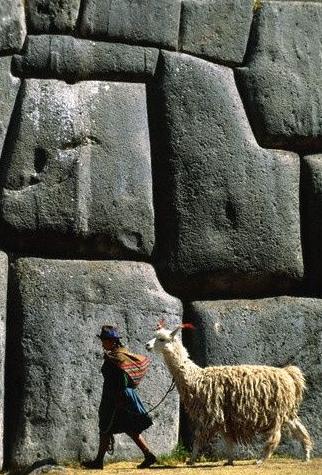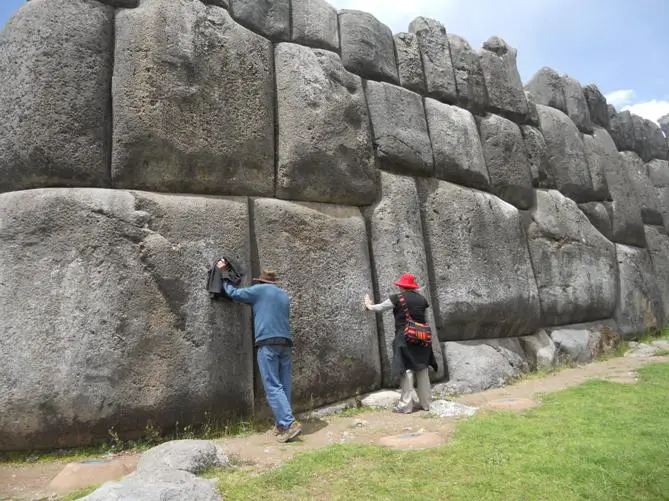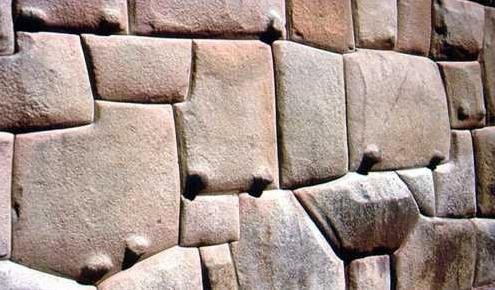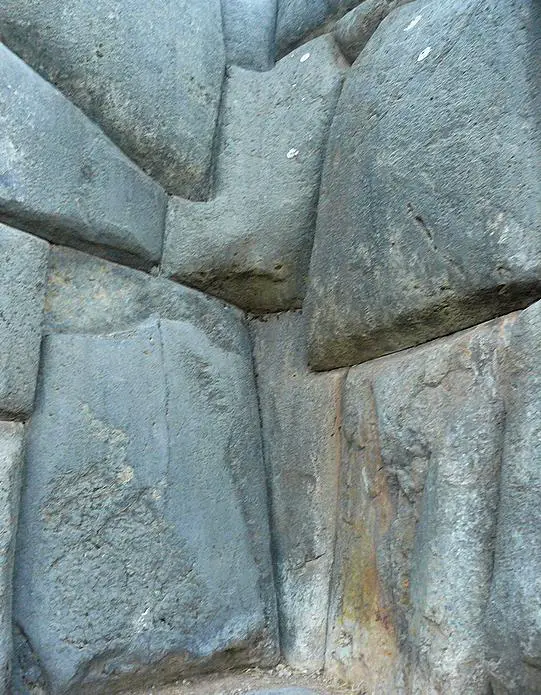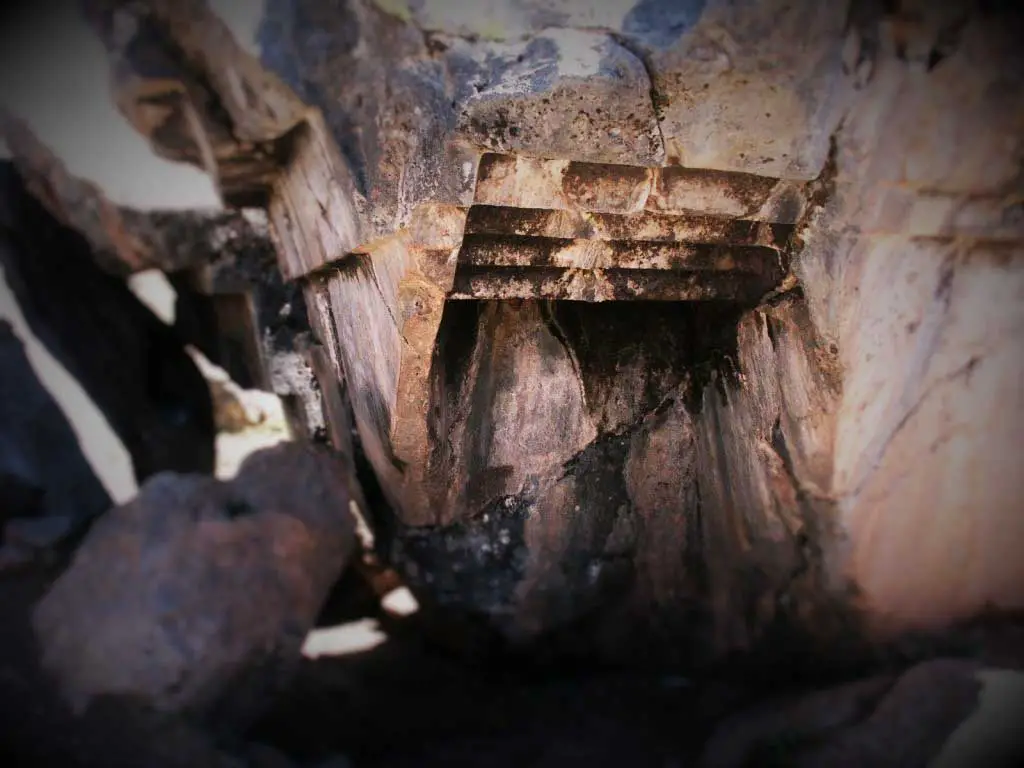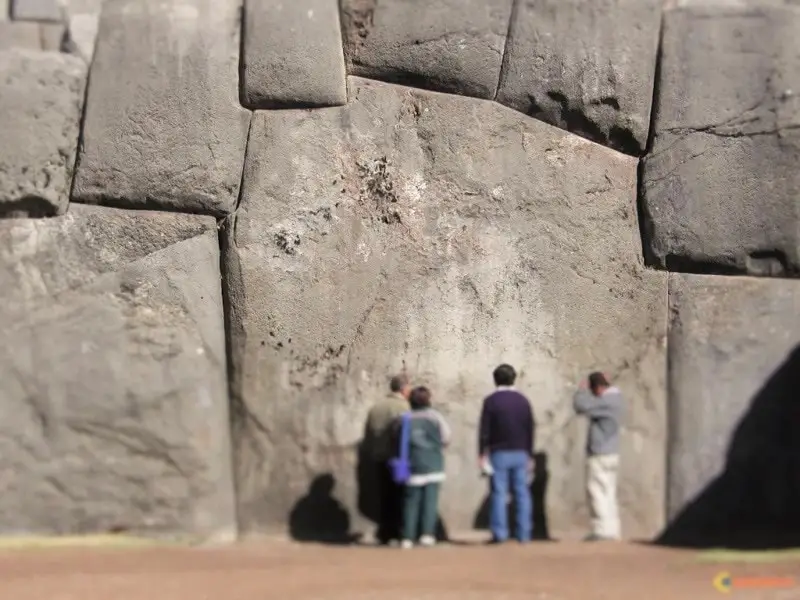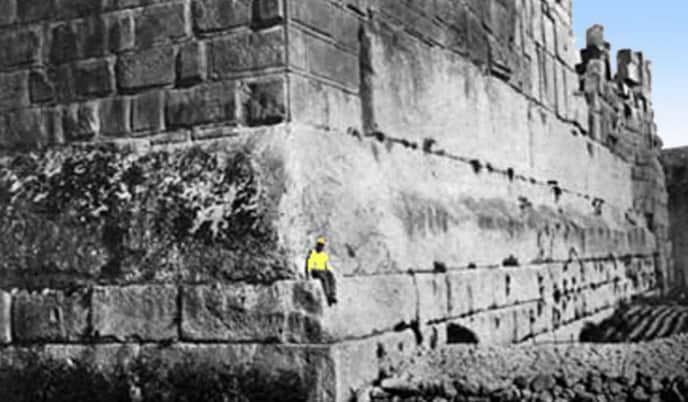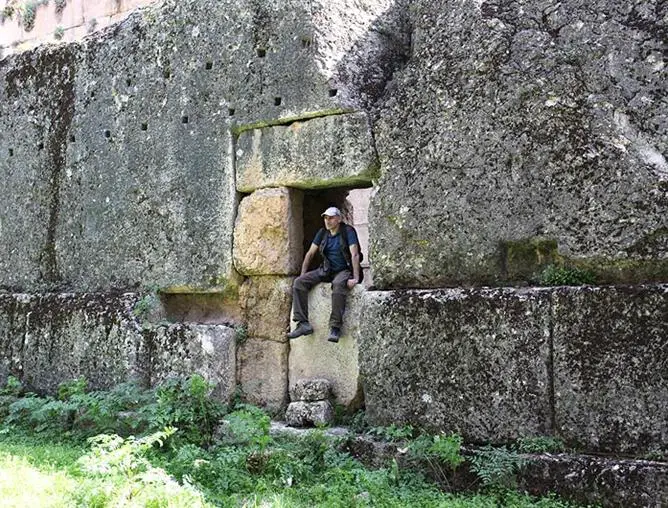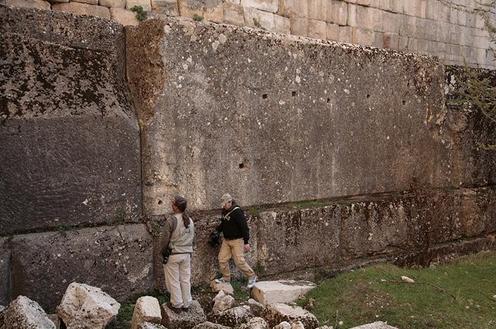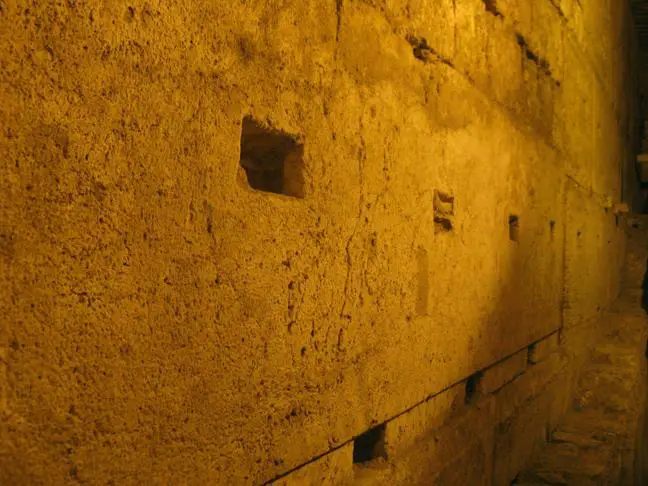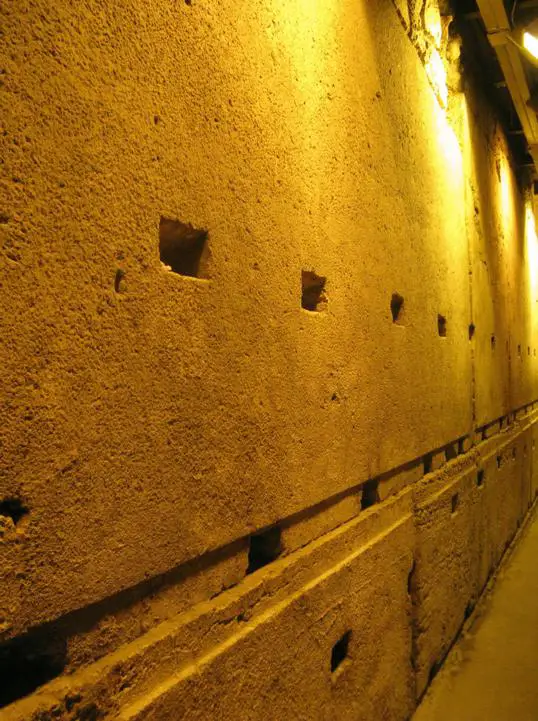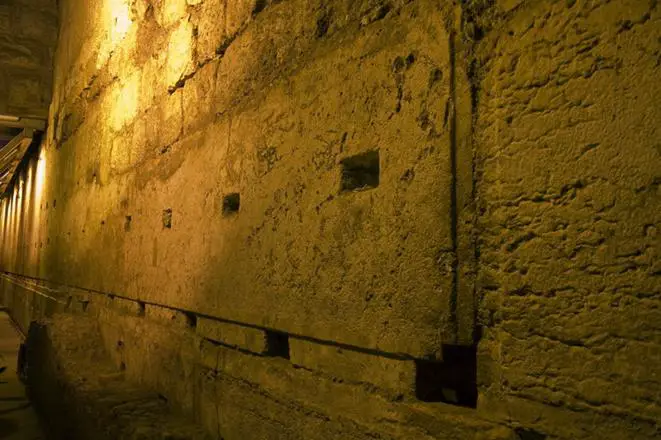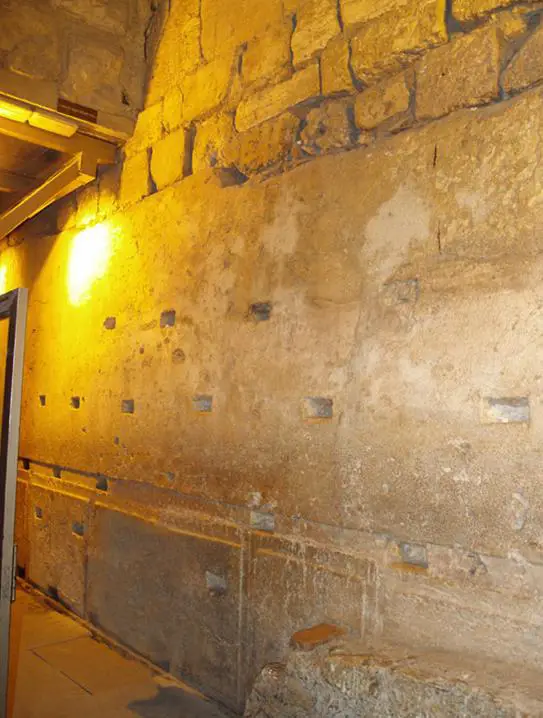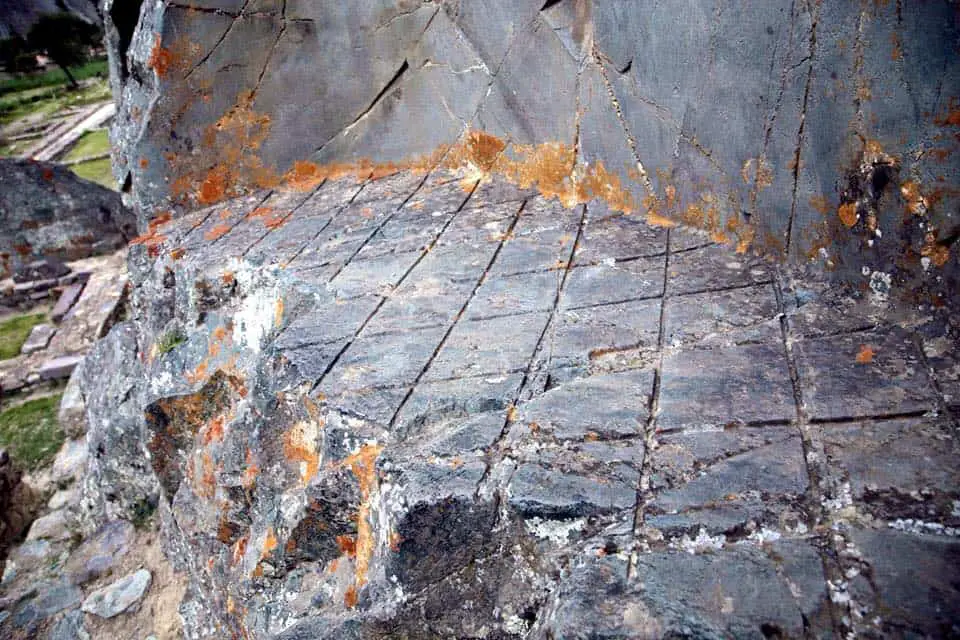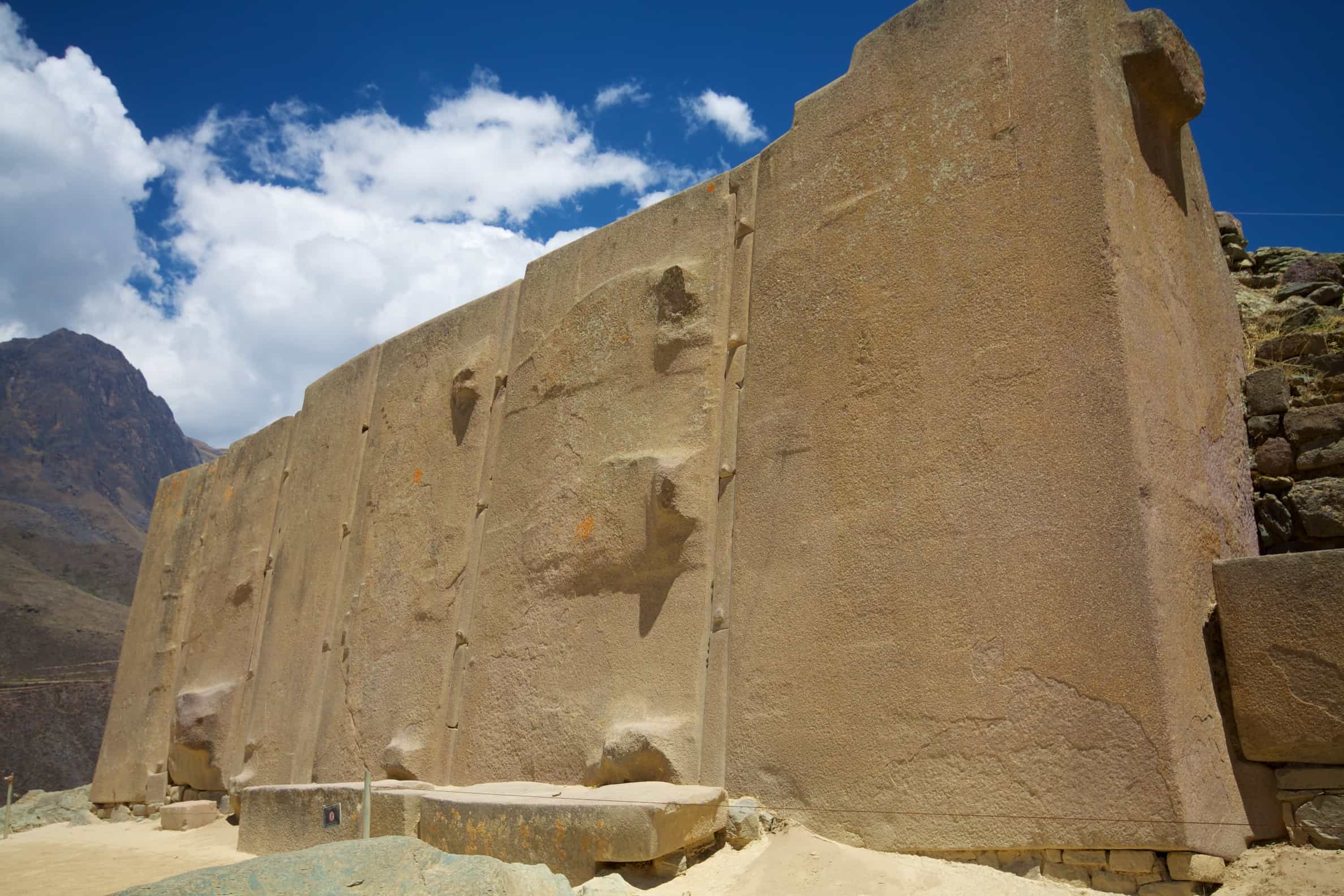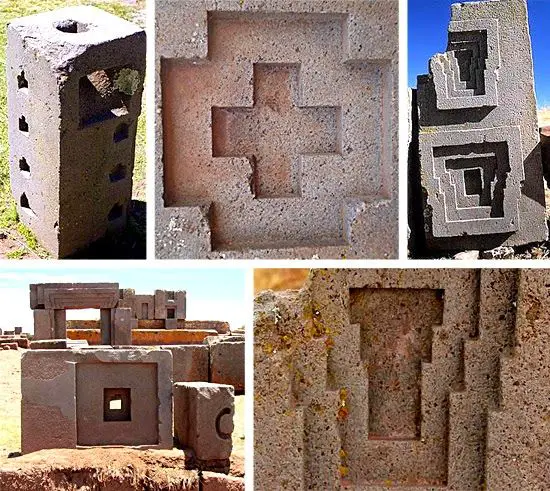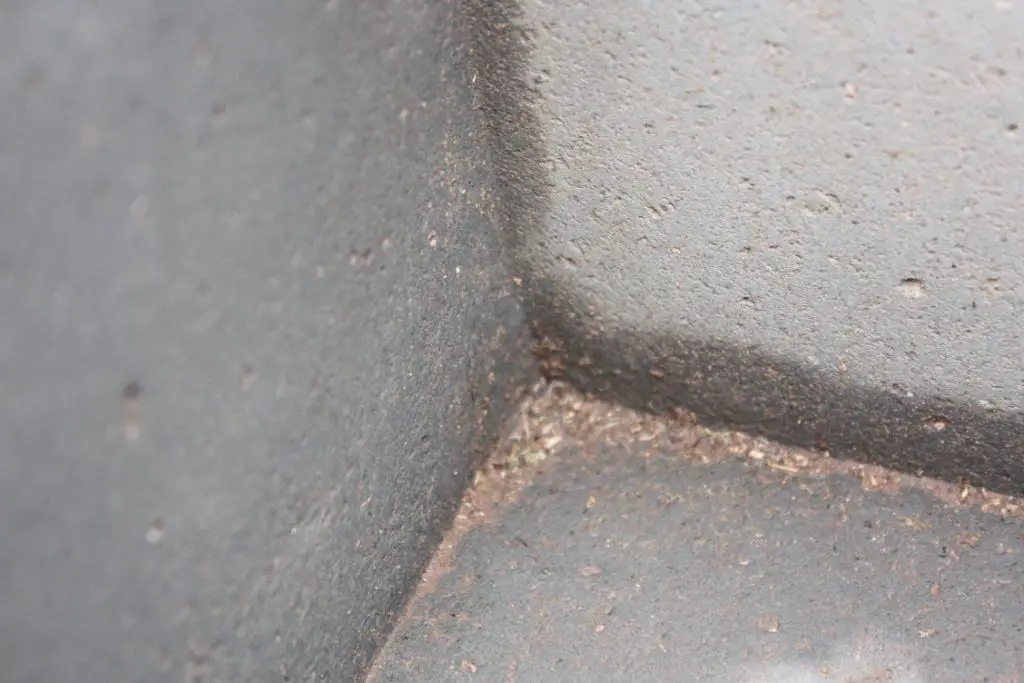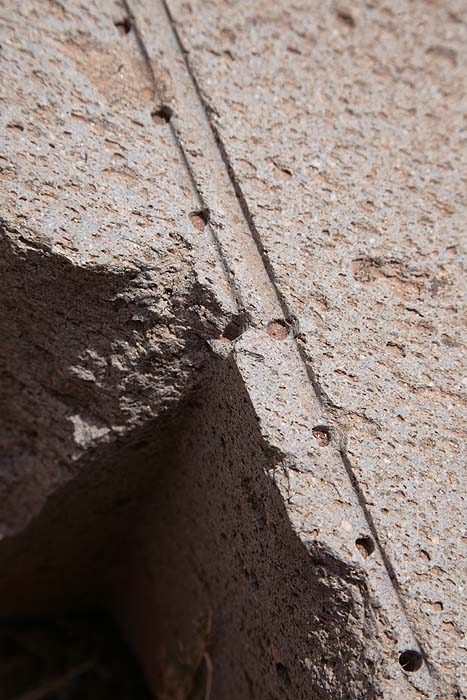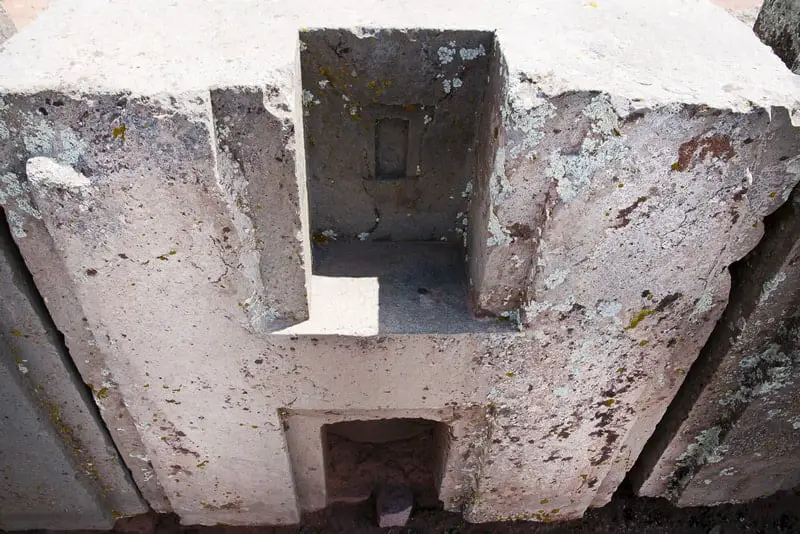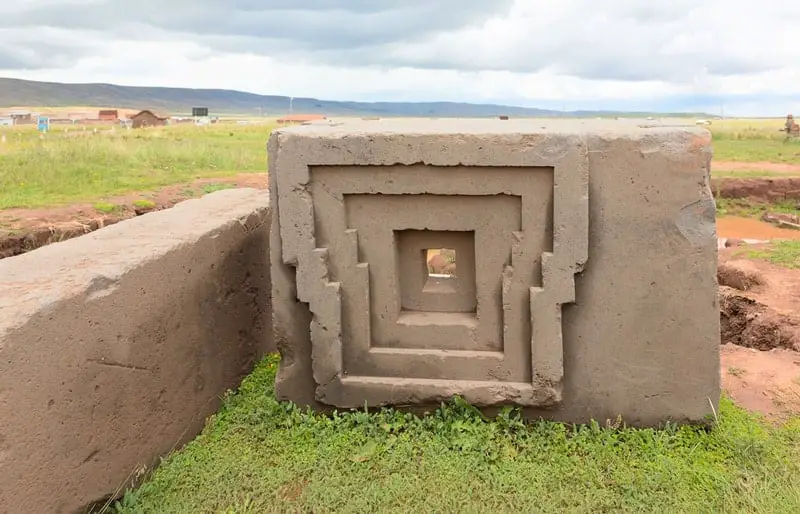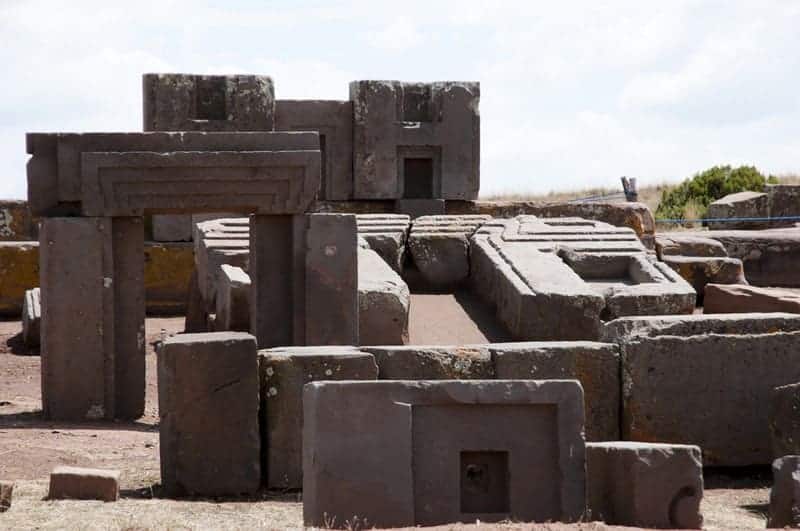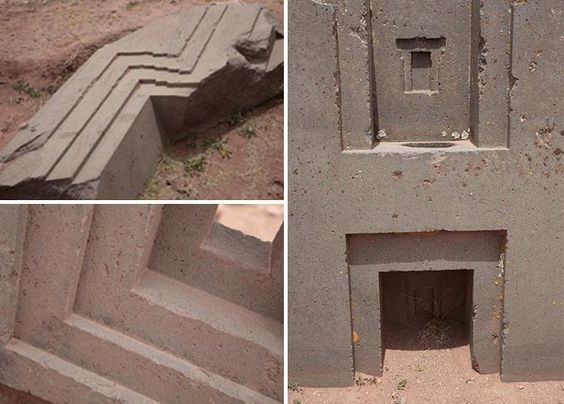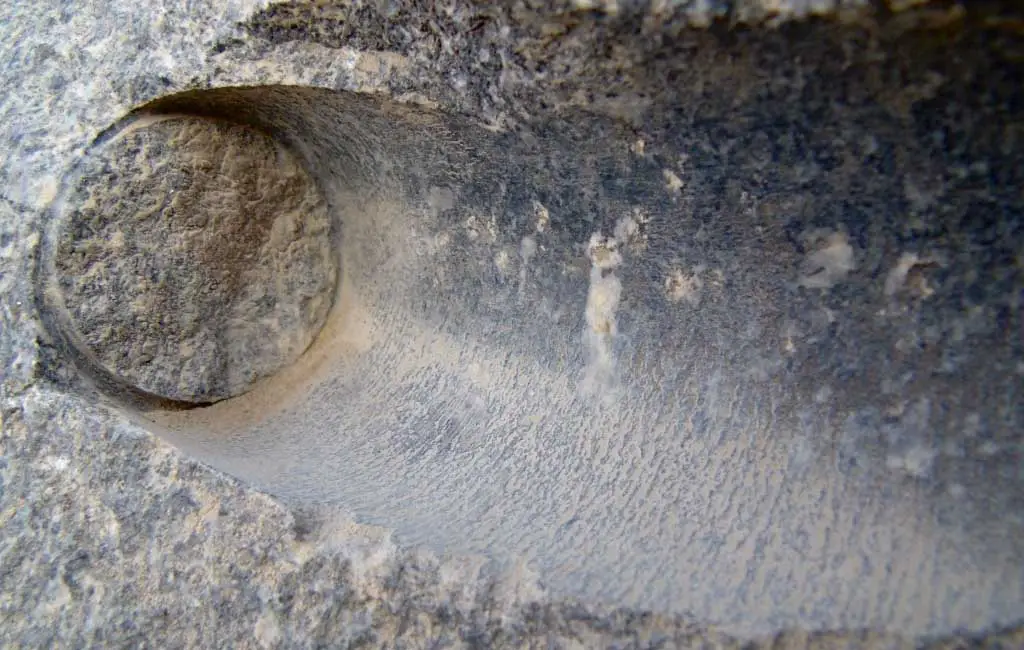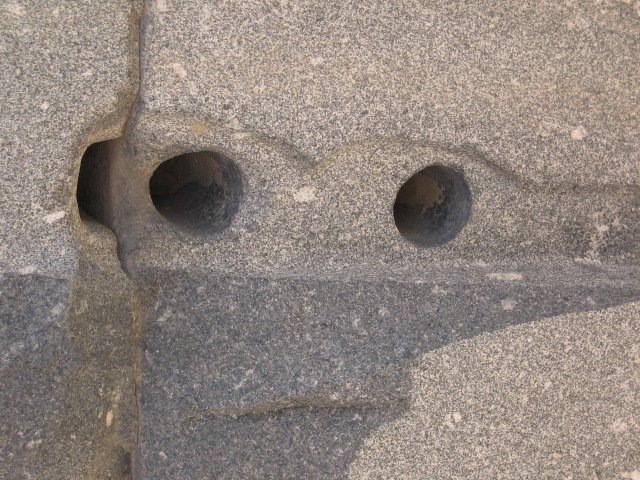|
|
||
|
Moses Lake PD officers attempted to persuade the man that they were not there to hurt him before he emerged from a motel room and fired multiple shots
In 2018, very large organic molecules were discovered in ice particles on Saturn’s moon Enceladus. It is still unclear whether they indicate the existence of life or were created in some other way. A recent study could help to answer this question. It is possible, that conditions that support or maintain life in extraterrestrial oceans could leave molecular traces in grains of ice.
CubeSats are satellites constructed of cubic units, or U, a bit smaller than a square tissue box, or about 10 centimeters (about 4 inches) on each side. (A 2U CubeSat, for instance, is about the size of a rectangular tissue box.) Initially developed two decades ago as an inexpensive platform for students to learn about satellite development, CubeSats weren’t thought of as devices for collecting valuable data.
SpaceX’s plans to build a Starship launch complex at Kennedy Space Center are moving closer to reality even as it potentially takes over a launch site from neighboring Cape Canaveral Space Force Station.
Although Mars presents a barren, dusty landscape with no signs of life so far, its geological features such as deltas, lakebeds, and river valleys strongly suggest a past where water once flowed abundantly on its surface. To explore this possibility, scientists examine sediments preserved near these formations. The composition of these sediments holds clues about the early environmental conditions, the processes that shaped the planet over time, and even potential signs of past life.
The origin and evolution of cosmic magnetic fields is a long-standing unsolved question at the frontier of astronomy and astrophysics research and has been selected as one of the key areas of investigation for many major world-class radio telescopes, including the Square Kilometer Array (SKA) under construction. To determine the large-scale magnetic field structures in the Milky Way has been a major challenge for many astronomers in the world for decades.
Researchers at the University of Rochester have used surface acoustic waves to overcome a significant obstacle in the quest to realize a quantum internet.
The Helmholtz-Zentrum Dresden-Rossendorf (HZDR) has made a significant advance in laser plasma acceleration. By employing an innovative method, a research team managed to substantially exceed the previous record for proton acceleration.
A new nucleosynthesis process denoted as the νr-process has been suggested by scientists from GSI Helmholtzzentrum für Schwerionenforschung, Technische Universität Darmstadt, and the Max Planck Institute for Astrophysics. It operates when neutron-rich material is exposed to a high flux of neutrinos.
If ancient mankind had access to advanced technology thousands of years ago, wouldn’t we find traces of such technology today? The structures at Sacsayhuaman, Ollantaytambo, Puma Punku and many others display INCREDIBLE FEATURES: perfectly shaped corners, precision cuts that are reminiscent of modern-day laser tools, and such perfection among the stones fitted together in such a way that not a single sheet of paper could fit in between them. In this article, we take a look at thirty mind-bending images that according to many authors prove, ancient cultures around the globe had access to some sort of advanced technology that allowed them to quarry, transport and put into place supermassive blocks of stone that in some cases weigh up to one hundred tons. Some of the ancient sites we take a look in this article are Ollantaytambo, Sacsayhuaman, Puma Punku, Abusir, and Baalbek. Curiously, at nearly all of the above-mentioned places, we find curious telltale signs that undoubtedly indicate a fascinating similarity among the sites. Just how is it possible that there are ancient sites in Egypt which eerily resemble those found in South America? How is it possible that the supermassive stone walls of Ollantaytambo display fascinating similarities to ancient walls found half way around the globe in Egypt? Does this mean that ancient cultures shared the same building techniques? Does this mean that ancient cultures around the globe had access to some sort of advanced ancient technology that has been lost since then?
What kind of technology did ancient people at Puma Punku use over 12,000 years ago, that allowed them to create fascinating monuments that defy logic? How is it possible that similar structures are found all over South America and even in Africa? Somehow, the builders of Puma Punku, Ollantaytambo, Sacsayhuaman and Abusir among other sites, managed to work with massive pieces of stones that weigh over 100 tons a piece. All of these structures display INCREDIBLE FEATURES: perfectly shaped corners, precision cuts that are reminiscent of modern day laser tools, and such perfection among the stones fitted together in such a way that not a single sheet of paper could fit in between them. Many authors would agree that sites such as Puma Punku, Ollantaytambo and Sacsayhuaman among others provide conclusive evidence that thousands of years ago, an advanced level engineering was present among ancient builders that allowed them to create precisely drilled holes into andesite rock, the transportation of stones weighing over one hundred tons, and the positioning of supermassive blocks of stone in such a way that not a single sheet of paper can fit between them. One of the most fascinating examples is Sacsayhuaman.
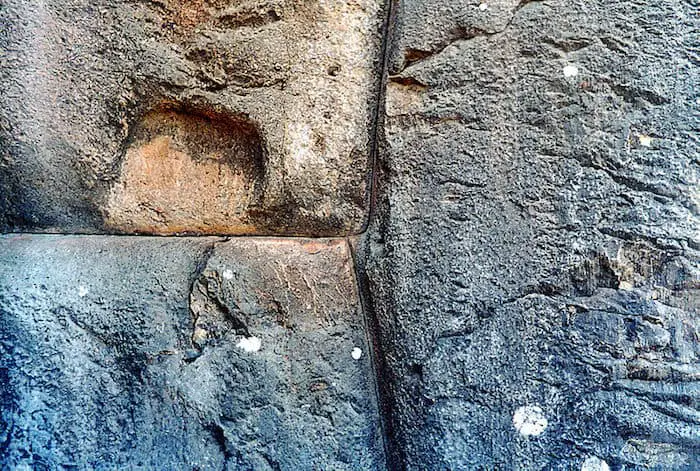
We have the supermassive stones present in Baalbek. How primitive mankind transported, cut, and placed into position massive stones, thousands of years ago, using nothing but early Bronze Age tools sounds hard to believe. According to experts, history at this ancient site can be traced back nearly 10,000 years. It was an ancient city named after the god Ba’al. Phoenician legends suggest that Baalbek was the initial location where Ba’al arrived to Earth in ancient times.
Kotel Tunnel Stones. Located under Kotel Square in Jerusalem, we find another set of supermassive stones which were part of the ancient Temple of Jerusalem, which was destroyed several times. The largest stone weighs 570 tons, but there are several others that range in weight from 200 to 500 tons.
Located near Cuzco modern day Peru, we find one of the most mysterious yet magnificent ancient site son the planet: Ollantaytambo. There –according to many— we can find evidence of extremely advanced technology used by ancient cultures thousands of years ago. What kind of ancient technology could have left behind such intricate criss-cross patterns in Andesite rock? 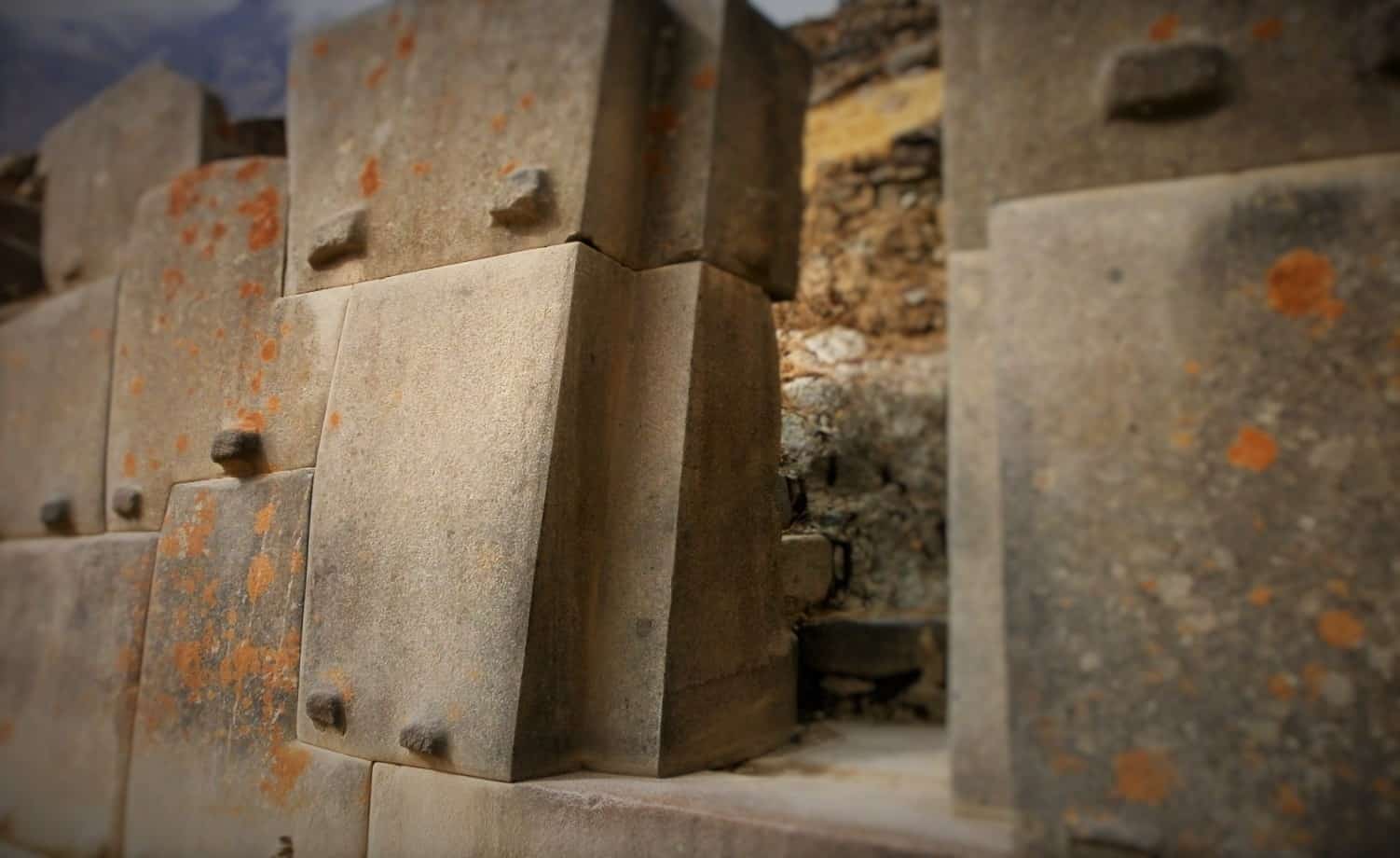
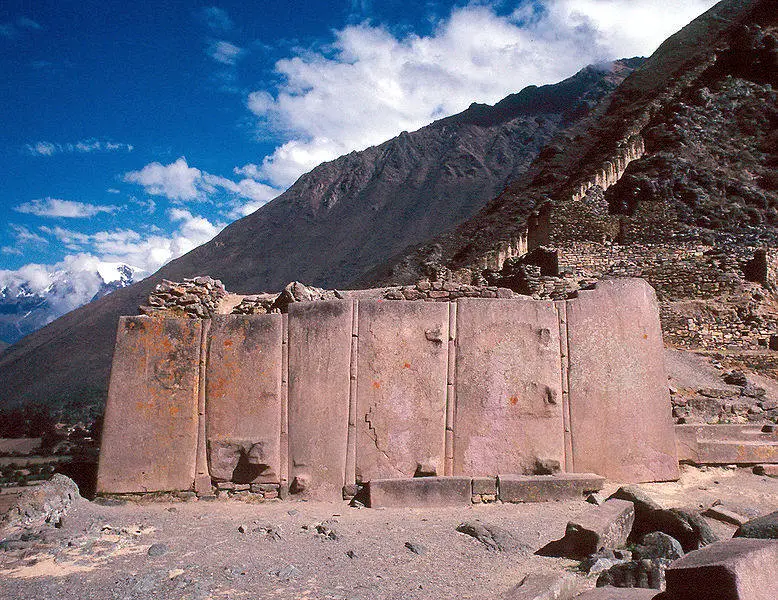
We cannot forget Puma Punku. This fascinating ancient ‘alien’ complex is located just 45 miles west of LA Paz, high in the Andean mountains. Puma Punku is one of the most mysterious places on Earth. The sheer number of megalithic stones found at Puma Punku are amongst the largest found on the planet. Puma Punku shatters all traditional views on ancient cultures. The incredibly precise stones, precision cuts, and polished surfaces have defied explanation for centuries.
Located in the vicinity is Abu Ghorab which is another site filled with great mystery and unexplained construction techniques. Currently at Abusir there are five pyramids which are accessible and belong to Pharaohs Sahourê, Niouserrê, Néférirkarê, Néferefrê and Queen Khentkaous II. For over decades, the idea that Ancient Egyptians have had access to advanced technology thousands of years ago has been circulating among researchers around the Globe. Due to the sheer amount of evidence many people state that it has become clear that numerous ancient civilizations around the globe –among them the Ancient Egyptians—have worked for centuries with advanced technology which has today, been lost. Researchers who support this theory point to incredible ancient sites around the planet and one of the most incredible locations is, without a doubt Abusir. The name originates from ‘Per Ousir’ which translated means Home of Osiris.
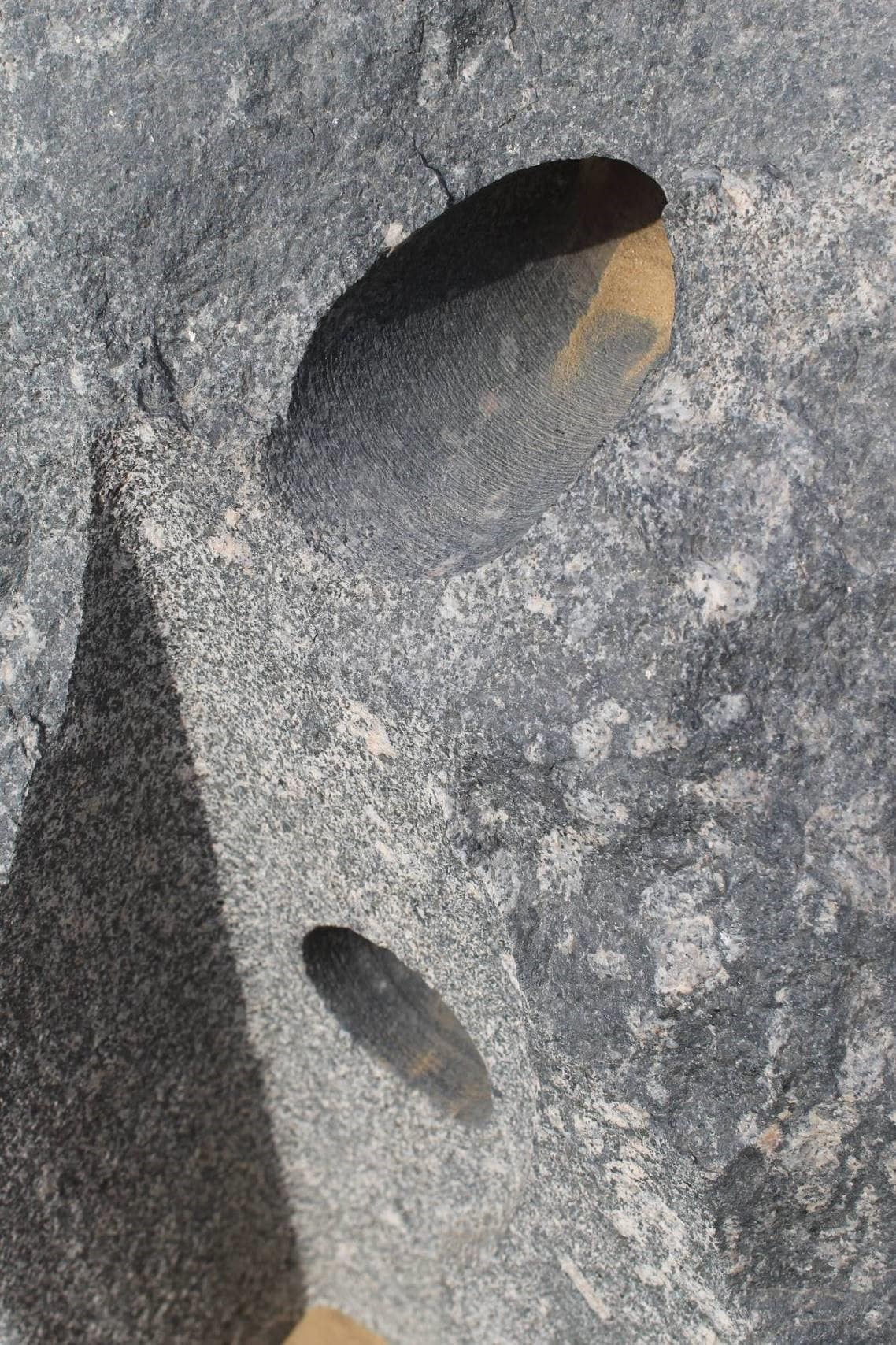 Astronomers from the Western Sydney University in Australia and elsewhere report the detection of a new supernova remnant (SNR) candidate. The newfound SNR candidate, dubbed “Raspberry” due to its morphology, was identified in the near side of the Milky Way’s Scutum-Centaurus Arm. The findings were detailed in the Research Notes of the American Astronomical Society.
In a new Physical Review Letters (PRL) study, scientists explore the possibility of nontrivial or exotic topologies in the universe for explaining some of the anomalies seen in Cosmic Microwave Background (CMB).
The primitive asteroids that UCF physics doctoral student Brittany Harvison studies carry with them traces of their origins and billions of years of our solar system’s history.
The entanglement of quantum systems is the foundation of all quantum information technologies. Complex forms of entanglement between several quantum bits are particularly interesting.
Slow electrons are used in cancer therapy as well as in microelectronics. It is very hard to observe how they behave in solids. But scientists at TU Wien have made this possible.
|
||
|
Copyright © 2024 Paranormal News Network - All Rights Reserved Powered by WordPress & Atahualpa 131 queries. 0.350 seconds. |
||
